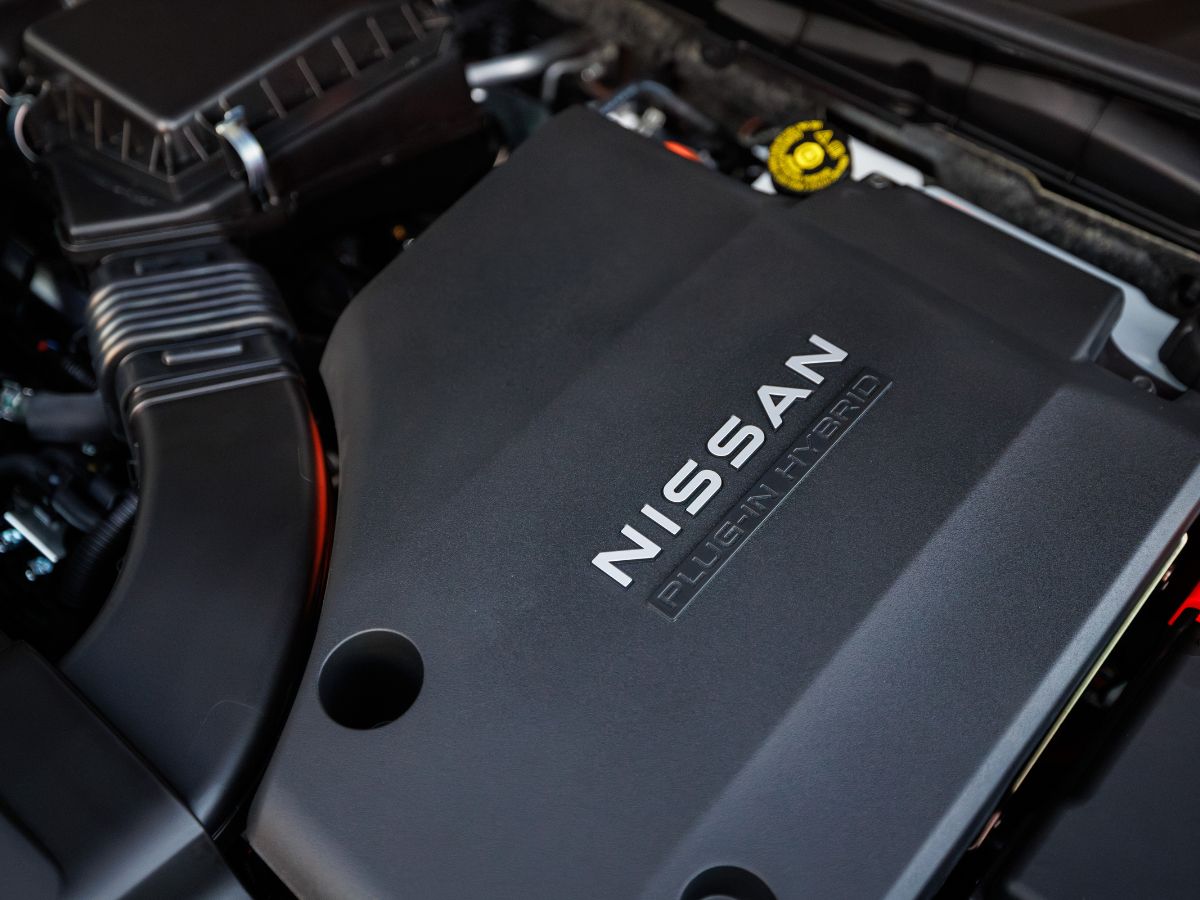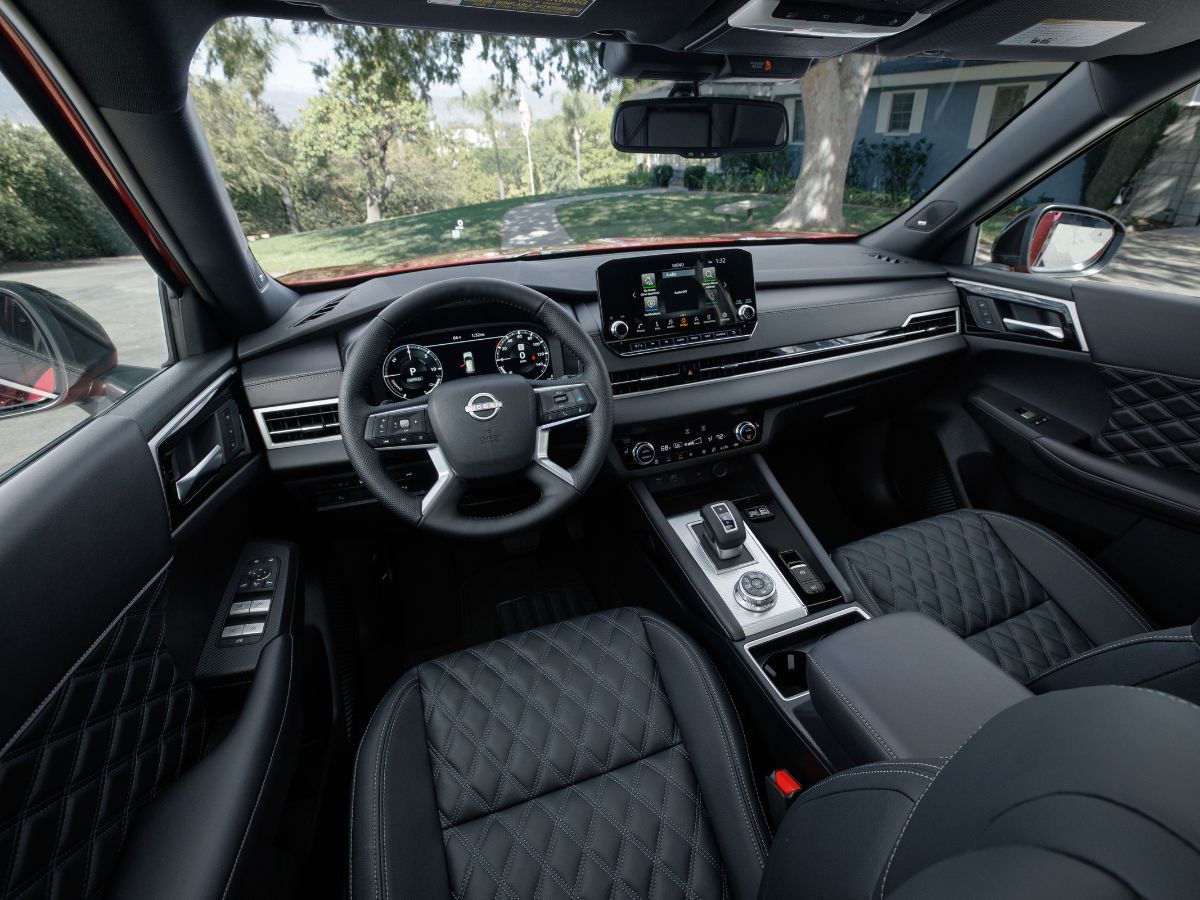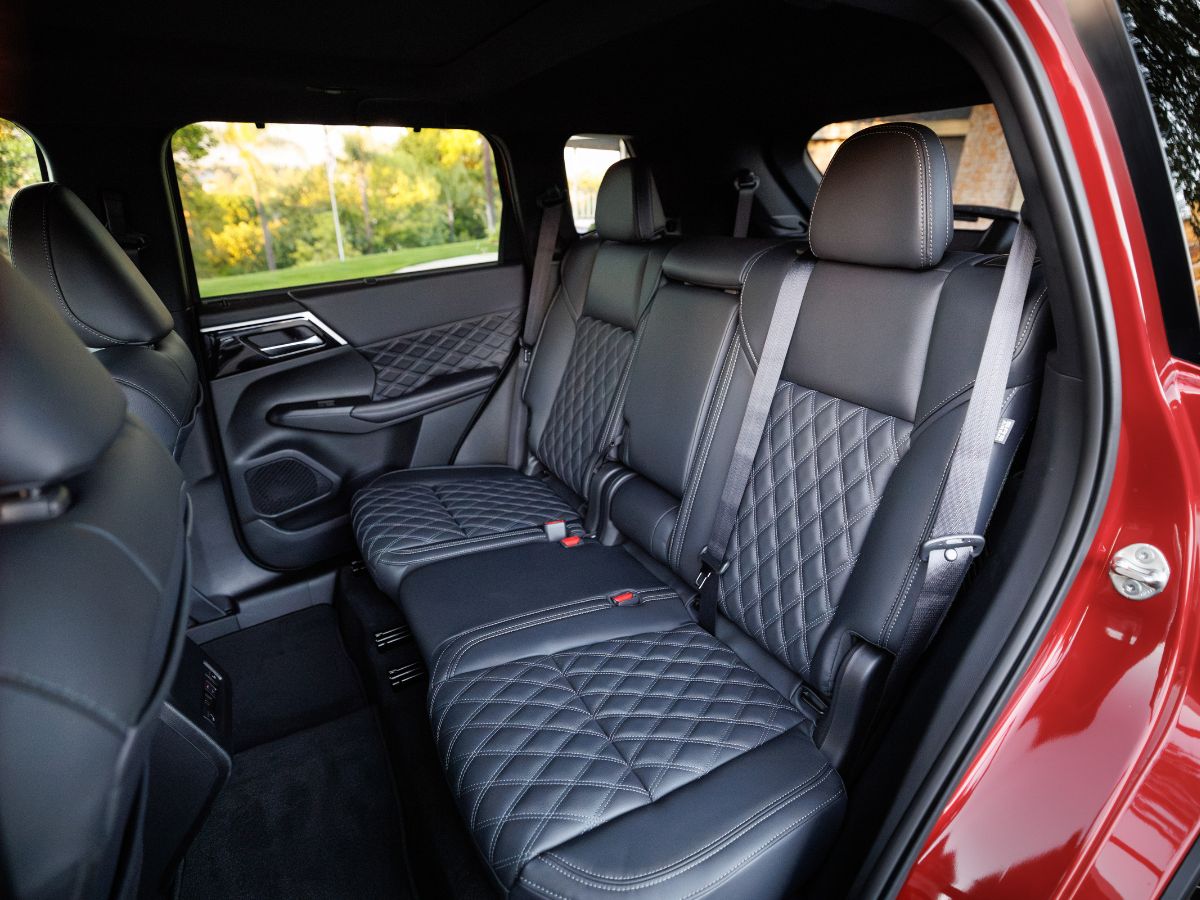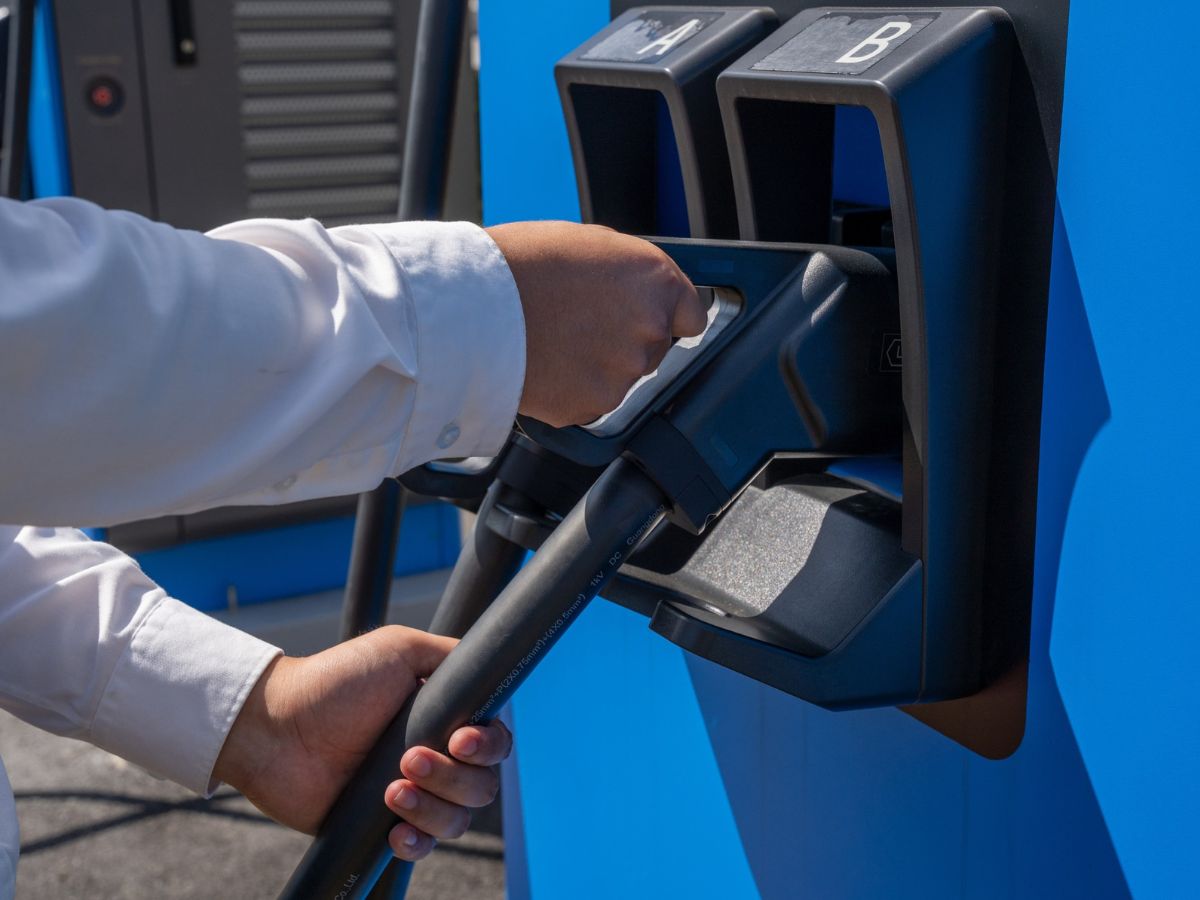
Nissan’s introduction of the 2026 Rogue Plug-In Hybrid Electric Vehicle (PHEV) adds an important electrified option to its market in the United States. On paper, the move fills a long-standing gap in the brand’s lineup. But its origins also place it in a familiar position within the Renault-Nissan-Mitsubishi Alliance.
Much like how the Nissan Livina closely followed the Mitsubishi Xpander’s design, engineering, and layout, the new Nissan Rogue PHEV is built on the same foundation as the Mitsubishi Outlander PHEV. The similarities extend beyond shared components. From the powertrain to the cabin layout, the Rogue PHEV closely traces Mitsubishi’s proven template. To put it simply, the Nissan Rogue PHEV is a rebadged version of the Mitsubishi Outlander PHEV. This raises a question about how Nissan will distinguish its version in a competitive segment where the Mitsubishi Outlander PHEV has been carving its path since its introduction in 2013 as the world’s first PHEV SUV.


Under the hood, the Rogue PHEV runs with a 2.4-liter gasoline engine paired with two electric motors and a battery pack rated at 20 kWh. Output reaches 248 hp and 450 Nm of torque. It also has an electric-based all-wheel-drive system. This mirrors the Outlander PHEV’s architecture, including its estimated 61 km all-electric mode driving range and a combined driving range of 676 km.
Charging performance is similar as well. Reaching 100% power takes about 7.5 hours using a regular 240-volt home charger, while its EV, Save, and Charge modes allow drivers to choose how the system uses battery power. Regenerative braking also offers selectable levels and a one-pedal driving function, enhancing efficiency during urban driving.


Inside, the Rogue PHEV adopts a layout similar to the Outlander PHEV, including a 3-row seating configuration. Nissan applies its own design cues to the infotainment interface and digital displays, but the core structure, proportions, and cabin feel remain aligned with its Mitsubishi counterpart. A full suite of driver assistance features comes standard, while higher trims offer upgrades such as a head-up display and additional comfort features.



From a business standpoint, mirroring the Rogue PHEV with the Outlander PHEV gives Nissan a faster route into the plug-in hybrid market without extensive development time. The latter has already established a strong track record globally, which could help the former appeal to customers who want a proven electrified SUV wearing a Nissan badge.
The challenge that Nissan has to deal with now is perception. The Livina-Xpander case in Southeast Asia showed how buyers respond when two alliance models feel too similar. For the Rogue PHEV to succeed, Nissan will need to make it clear what makes its version distinct beyond style and branding. With sales expected to begin in 2026, the Nissan Rogue PHEV enters the market with solid technical credentials and a clear strategic purpose.
The real test will be whether customers see it as a legit Nissan option, rather than a familiar alliance product in new packaging, similar to what happened with the Nissan Livina.





